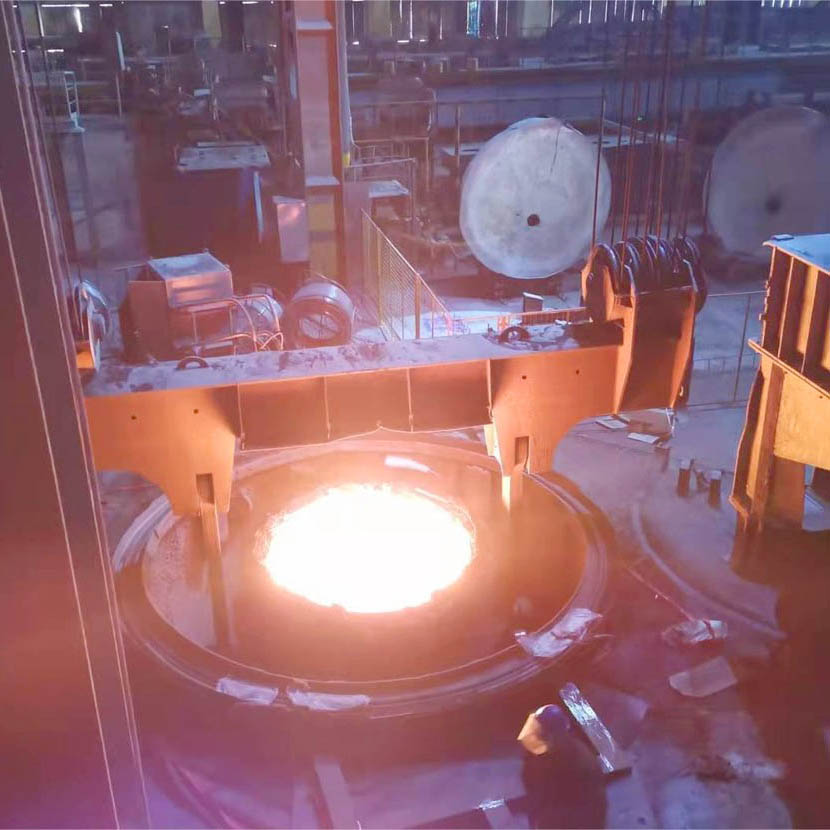Steel tools were employed in Europe centuries before they became widespread during the Roman Republic era.
Steel tools were believed to have only become widespread in Europe during the Roman Empire, but a recent study challenges this assumption. The study shows that steel tools were already in use in Europe around 2,900 years ago, during the Final Bronze Age. Arc Smelter

The study was conducted by an international and interdisciplinary team headed by Dr. Ralph Araque Gonzalez from the Faculty of Humanities at the University of Freiburg. The researchers conducted geochemical analyses on ancient Iberian stelaes -- upright monuments typically inscribed with information in the form of text, images, or a combination of the two -- and found these were made of silicated quartz sandstone.
The implications were immediately resounding.
“Just like quartzite, this is an extremely hard rock that cannot be worked with bronze or stone tools, but only with tempered steel,” says Araque Gonzalez.
To confirm their hunch that these monuments were etched with steel tools, the researchers analyzed an iron chisel found in Rocha do Vigio, Portugal, which also dates back to the Final Bronze Age. They discovered that the chisel was made of heterogeneous yet astonishingly carbon-rich steel, which was necessary to work with the hard silicated quartz sandstone.
The researchers also conducted an experiment involving a professional stonemason, a blacksmith, and a bronze caster to attempt to work the rock that the stelae were made of using chisels made of different materials. Only the chisel made of tempered steel was able to engrave the stone.
The study has important implications for the archaeological assessment of iron metallurgy and quartzite sculptures in other regions of the world. Until now, it was assumed that it was not possible to produce suitable quality steel in the Early Iron Age and certainly not in the Final Bronze Age.
The earliest known production of steel is seen in pieces of ironware excavated from an archaeological site in Anatolia (Kaman-Kalehöyük), which are nearly 4,000 years old, dating from 1800 BC. However, iron and steel didn't become abundant materials until around 500 BC when most Bronze Age civilizations collapsed, paving the way for the huge empires of Rome and Han China.
The discovery of the chisel from Rocha do Vigio and the context in which it was found suggest that iron metallurgy, including the production and tempering of steel, were probably indigenous developments of decentralized small communities in Iberia, and not due to the influence of later colonization processes. It's unclear why steelmaking didn't spread from this region of Iberia to other parts of Europe.
The archaeological record of Late Bronze Age Iberia is fragmentary in many parts of the Iberian Peninsula, with sparse remains of settlements and nearly no detectable burials, but the western Iberian stelae with their depictions of anthropomorphic figures, animals, and selected objects are of unique importance for the investigation of this era.
The discovery of the use of steel tools during this period sheds new light on the technological advancements of ancient communities and their ability to work with challenging materials.
The findings appeared in the Journal of Archaeological Science.
© 2007-2023 ZME Science - Not exactly rocket science. All Rights Reserved.
© 2007-2023 ZME Science - Not exactly rocket science. All Rights Reserved.
Don't you want to get smarter every day?

Calcium Carbide Over 35,000 subscribers can't be wrong. Don't worry, you can unsubscribe at any time. By signing up you agree to our privacy policy.